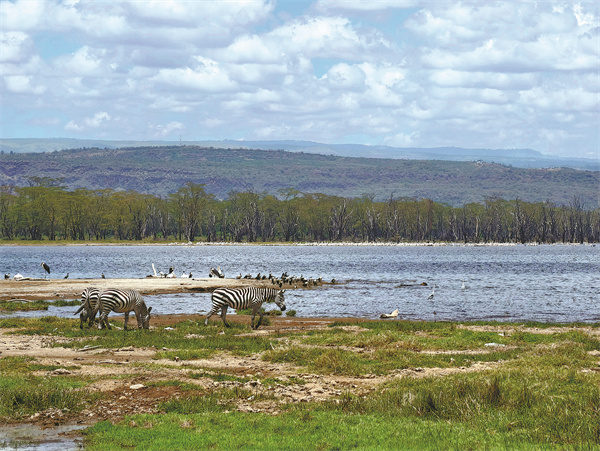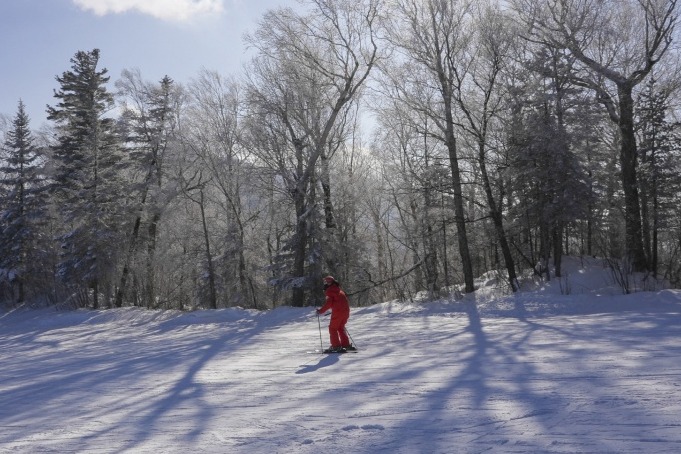Lakes that host flamingos
International tourists flock to watch mesmerizing presence of the birds in their natural habitat in Kenyan waters


Lake Elementaita, haven for birdlife
Located 30 minutes' drive from Lake Nakuru, and about 120 kilometers northwest of Nairobi, Lake Elementaita is one of the less known alkaline lakes in the Great Rift Valley and also a feeding lake for flamingos. It's also a haven for birdlife, especially flamingos and pelicans.
The lake is also home to rare species of animals that are mostly concentrated during the dry season. While at the lake, one can spot gazelles, zebras, elands and Rothschild's giraffes in the surrounding savanna and acacia woodlands.
About 90 percent of Kenya's black-necked grebes and cape teals are found at the lake, as well as maccoa ducks, the critically threatened great crested grebes, and great egrets, according to the travel company AfricanMecca Safaris.
The largest portion of Lake Elementaita is part of the nonprofit Soysambu Conservancy, focusing on flora and fauna conservation in the lake and the surrounding area.
As the conservancy is privately owned, visitors can access activities that are prohibited in game parks and reserves, including game drives, hikes and nature walks, to explore volcanic hills and grassy plains along the lake's shores, among others.
Visitors can also enjoy a unique geothermal experience at the Kikopey Hot Springs, which support aquatic lives such as tilapia and attract birds such as pelicans and cormorants.
Lake Elementaita can be accessed via highway or by air. The nearest airstrips are Soysambu Airstrip and Nakuru Airport, also known as Lanet Military Airstrip. It takes 25 to 30 minutes from Nairobi's Wilson Airport.
For nonresidents visiting Lake Elementaita Wildlife Sanctuary, the entrance fee is $25 per adult and $15 per child. Adult Kenyan citizens pay $1.7 while children and students pay $0.96.
Kariandusi prehistoric site
Visitors can also visit the Kariandusi prehistoric site, located about 2 kilometers east of Lake Elementaita. It is among the first discoveries of Lower Paleolithic sites in East Africa.
According to the National Museums of Kenya, the site has enough geological evidence indicating that large lakes — sometimes reaching levels hundreds of meters higher than the present Lakes Nakuru and Elementaita — occupied this basin.
Dating between 700,000 to 1 million years, Kariandusi is possibly the first Acheulean site found in situ in East Africa.
Kenyan-British paleontologist Louis Leakey believed that the site was a factory of the Acheulean period. He made this conclusion after numerous collections of specimens were found lying in the Kariandusi riverbed.

































